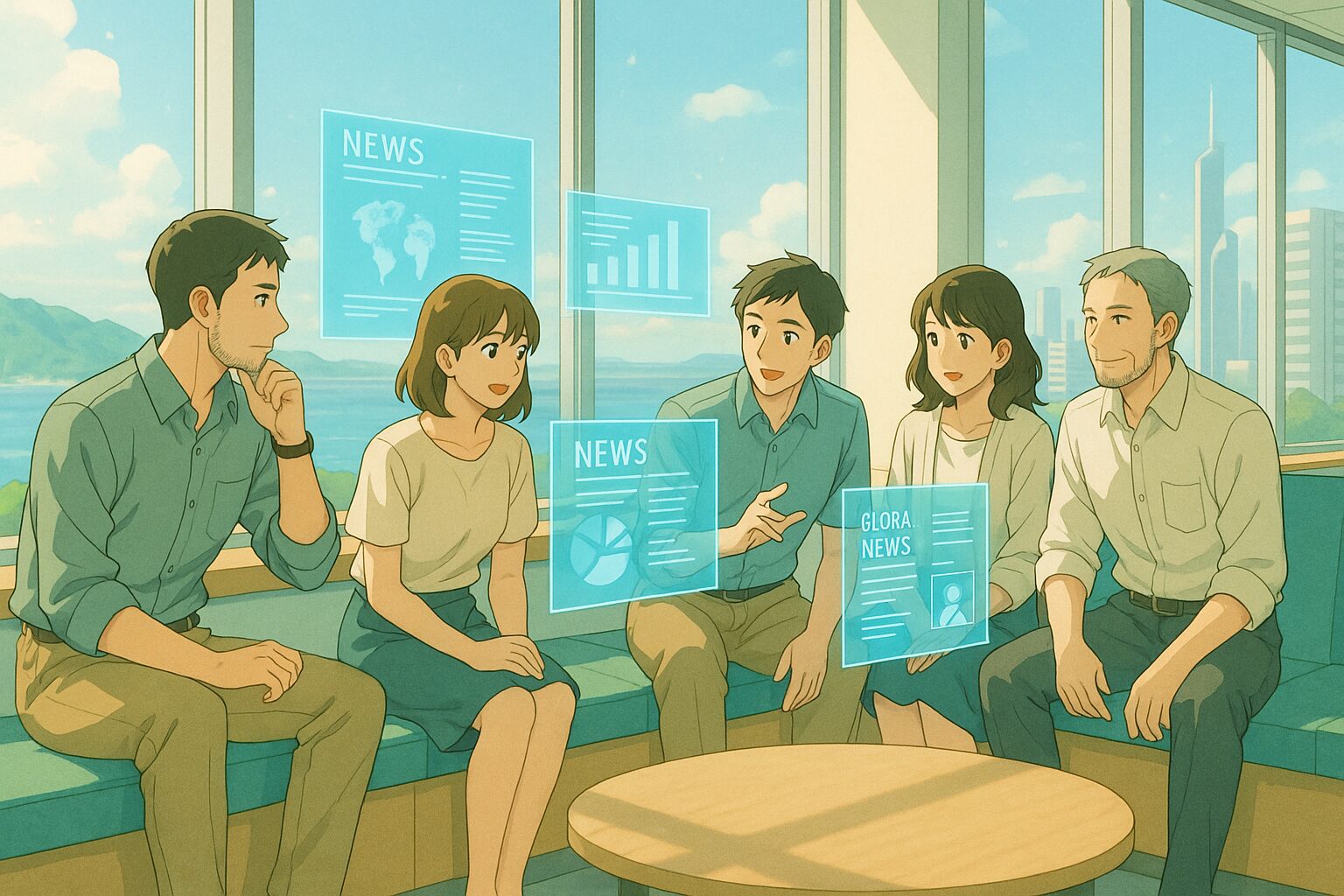Steps of Action, or Standing Still? Considering the Future of Action RPGs
The new action RPG ‘Wuchang: Fallen Feathers’ has received high expectations but has faced harsh reviews compared to previous works. This situation raises the question of whether the gaming industry will continue to evolve or stagnate. If this trend continues, how will we experience games?
1. Today’s News
Source of quote:
https://www.pcgamer.com/games/rpg/wuchang-fallen-feathers-review/
Summary:
- ‘Wuchang: Fallen Feathers’ is a new action RPG that has been launched.
- It feels like it relies on past great works and doesn’t meet the expected expectations.
- It has been described as lacking sufficient innovation.
2. Thinking About the Context
In the gaming industry, new titles are often compared to old works. This stems from the rapid advancement of technology, where innovative ideas are needed to keep up. Consumers are constantly seeking new experiences, and relying on past successes can hinder creative development. This phenomenon has significant implications for the quality of our entertainment and choices. When we reflect on why this issue is arising now, we see the reality that innovation cannot keep pace with technological advancements.
3. How Will the Future Unfold?
Hypothesis 1 (Neutral): Imitation Becomes Common
In the gaming industry, imitating past works is becoming common, and new games are emerging without significant changes. This may lead players to enjoy a stable experience while the calls for innovation may diminish. The value of creativity in games may be reassessed, and a period of stable events could come to pass.
Hypothesis 2 (Optimistic): New Ideas Flourish
After criticism, game designers may begin to seek new ideas and approaches, leading to innovative and unique games. This will enable players to find opportunities to enjoy new experiences, and games may continue to thrive as a form of cultural art. The key to ideas will be central to games, and the entire industry will regain its vigor.
Hypothesis 3 (Pessimistic): Creativity is Lost
If the trend of relying on past successes continues, the gaming industry will lose its ability to introduce new ideas, making it difficult for players to remain engaged. This could result in the industry stagnating, with reduced options for consumers. Innovation and creativity may fade away, and games could be seen merely as consumer products.
4. Tips for Support
Creative Tips
- Look at the games you love, focusing on their creativity and uniqueness.
- It is essential to take on new challenges in everyday life and have an attitude that enjoys change.
Small Action Tips
- When choosing new games, consider what is different and unique from past works.
- Not just games, but you can share new experiences with those close to you and exchange ideas.
5. What Would You Do?
- In the future direction of the gaming industry, which hypothesis do you think is the most accurate?
- What type of game experience do you anticipate? New ideas, or a stable enjoyment?
- What are your expectations regarding the overall development of the creative industry?
What do you envision for the future? Please let us know through social media quotes or comments.









